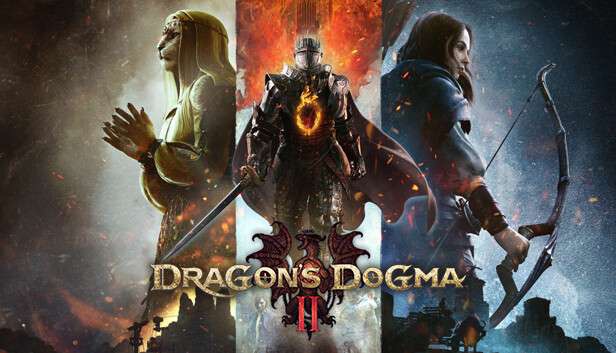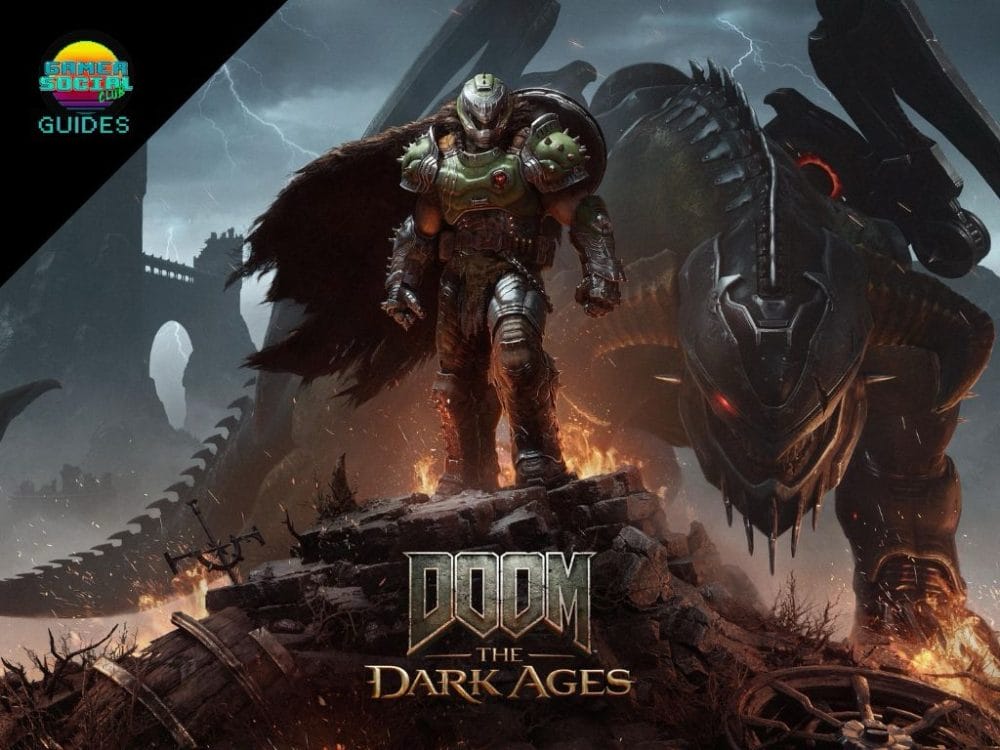The hype train for Dragon’s Dogma 2, could be more accurately described as a hype rollercoaster. When the first trailer dropped last year at the May Playstation showcase fans of the original game lost their minds. And why not? The first game is a cult classic – regarded by it’s many fans as one of the best games of all time. People that hadn’t even played the first game were getting fired up by comments and gameplay footage on Twitter.
But then as we got closer to release there were some bumps in the road. First was the confirmation that, like the first game, DD2 would only feature one save slot. That means one character, one pawn, if you want to try something new you need to wipe your save and start over. After that we had the inevitable 30FPS debate, DRM discussions and finally a lot of very negative steam reviews due to mix of poor PC performance and microtransctions shortly after release.
Now just over three weeks after release, most people that were originally hyped seem to be back there – thoroughly enjoying Capcom’s newest RPG. And I am happy to count myself amongst that population.
Trial By Fire
Dragon’s Dogma 2 is a challenging game. Not necessarily in a combat sense, but in all of the little details that make it different from your standard action RPG. The is no lock on in combat, fast travel is deliberately limited and many of the mechanics have quite strict time bound elements. Food rots in your inventory, quests frequently have to be carried out at certain times of day and plenty of the fail if you don’t carry them out fast enough.

This might be a little off putting, but I found managing these elements to make the world of Vermund so much more immersive. Ignoring quests until you can be bothered to go and do them is an age old RPG trope, but knowing that my actions had consequences really made me think about what I was doing. Your health can become permanently lessened during exploration and can only be fully restored by resting at a campsite or an inn, so you really have to consider how much you can do on any excursions out in the wide world. I would also make sure you stock up on lantern oil. It’s very dangerous to roam around at night, and you are going to need it to find your way to somewhere safe.
The game isn’t just a wilderness traversal sim though. There are quests to be done, conspiracies to uncover and a false monarch to depose. And much like the other mechanics, these differ from your standard RPG. Quest givers, generally are not marked on the map. Some quests will have a vague location marker, but it’s up to you to find who or what you are looking for in that area. Requirements can be similarly opaque, with your Arisen being tasked to create a remedy but no actual recipe being given (you can of course buy it for an exorbitant fee, but where’s the fun in that). This capacity for quests to have multiple solutions carries on throughout the run time, and figuring out the best ways to carry things out was fun and challenging in equal measure. Unfortunately not all quests have this level of engagement (how many times do I need to sneak into the Palace?) and there’s plenty of standard fetch quests to send you out exploring.

And you certainly will be exploring! The limited fast travel (managed through Ferrystones – a limited resource) means that you need to explore the world on foot most of the time. There are ox carts that run to and from major settlements, but these can be attacked on the road and that leads to a host of weird and wonderful interactions. Like the time I tried to take an ox cart somewhere, and it was destroyed by a Cyclops just as I woke up from my nap. Or the time trying to fight an Ogre and a Griffin landed on my head.
All this exploration also lets the game show off its key asymmetrical co-op element – the Pawn system.
Hey! Listen!
As the Arisen the pawns of the world are compelled to follow you and carry out your will. At the start of the game you create your own companion Pawn that will stay and level up with you throughout the game. You can set their class and behaviours to fit your playstyle and, importantly, how useful they will be to other players.
As you travel, you meet other players Pawns and they can join your party – likewise other players can travel with your Pawn and if they have a good experience they may even send a gift back with them when they dismiss them. Through this system your Pawn and the others you meet will have different knowledge about the world around you. If a Pawn has been somewhere before they may know about unknown treasures hidden off the beaten path, or the location of specific quest beats. And trust me, they will tell you if they know something. It’s a wonderful system, I frequently found myself wandering off to find something cool on the advice of a party member – in fact you can even filter summonable pawns by your current quest at a Riftstone which is a great QoL feature. But good lord do I wish there was a system to turn down the chatter that wasn’t just a specialisation. They never shut up.

The best thing about the system though is how diverse your parties skillsets can be. You can change your pawns specialisation so they carry out certain actions as you travel. Morgan (my tall strong mage lady) is a Logistian, meaning she can sort inventory and craft things – which is ideal because the food rotting mentioned about was becoming a real issue. I’ve also come across Pawns that use healing items by themselves and ones that mark materials on the map. Not to mention the vocations they have access to; from sorcerer to warrior to thief, you can hire what you need when you need it.
Combat Baby
Pawns aren’t the only ones with access to vocations though. At the start of the game you pick your class from the old standards: fighter, archer, mage and thief. As you level these up you gain discipline points that you can use to unlock a variety of skills (as a fighter at the start of my playthough, I was particularly fond of Steeled Foundation, which reduces fall damage by letting you land on your shield, because I kept climbing monsters and throwing myself off things). And as you continue through the game you gain access to new, exciting vocations that are limited to the Arisen only. These hybrid vocations are a huge amount of fun, and with such low cost to entry to play around I’d recommend playing around to find what suits you best.
The variety to the combat doesn’t stop at vocations either. Game director Hideaki Itsuno talked about emergent gameplay in an interview with EDGE and I think the combat really shows off this design philosophy. Enemies attack other enemies, people on the road join in with you in felling large foes and my favourite parts: throwing and climbing. You can throw so many things in this game; rocks, barrels, enemies, allies. All of them are ready any waiting for you to lift them and throw them directly at a Minotaur’s face. Or if nothing is nearby feel free to launch yourself at a Drake, climb up to its head and smack it in the face yourself.
It’s definitely one of the most fun I’ve had with a combat system in a while, the animations are superb and the skill variety means everyone can have a unique experience even using the same vocation. Sure there’s no lock on, but it’s not really required. The game isn’t hugely difficult, especially once you get to around level 20. The focus isn’t on learning attacks like in a soulslike (although just like a soulslike, sometimes the true boss is the camera), it’s about finding fun synergies with your and your pawns attacks, and feeling like an absolute god when you hack off the Medusa’s head.
Final Thoughts
I’ve chosen not to cover the story beats in this review as I feel like they are best experienced for yourselves. What I will say is that despite it not being the most in depth story and some of the quests being rather one note, I had a good time and there are some fantastic set pieces scattered throughout that are marvellous to behold.

The exploration is fun and refreshing in this world of unlimited fast travel and I enjoyed rummaging through the undergrowth to find hidden secrets and beautiful vistas where I could throw more hapless goblins at each other. At times I did find the sheer number of random encounters on the road tedious, I know that encounters slow down as you clear enemies, but trying to get somewhere for a quest and being accosted by weak enemies every 3 minutes got a little bit tiring.
The combat is the main appeal; the variety of vocations and Pawn behaviours and the fact that random enemies could enter the fray during a completely different encounter made for some of the funniest and fun moments I’ve had playing a game in a good while. If your idea of a good time is grappling onto a Griffin and being flown away from one fight into another this is definitely the game for you! It certainly was for the game for me.

Reviewed on Xbox Series X. Dragon’s Dogma 2 is also available on PS5, Xbox Series S and PC.




